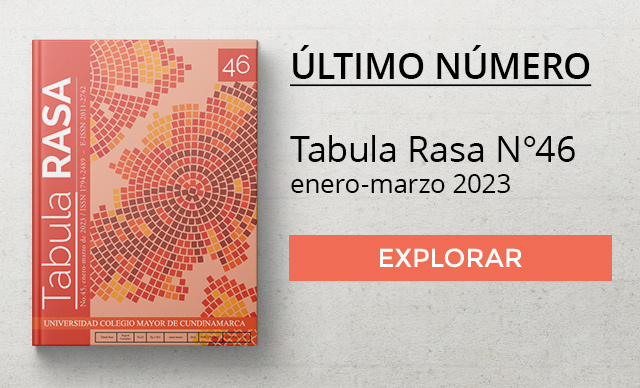DOI: https://doi.org/10.25058/20112742.n36.12
Ernst Halbmayer
https://orcid.org/0000-0002-7132-5158
Philipps-Universität Marburg, Alemania
ernst.halbmayer@uni-marburg.d
Abstract:
The Yukpa’s childrens dance, the first ritual for the newborn Yukpa, intends to produce strong, fearless, and brave persons able to resist enemies’ attacks. The paper scrutinizes this ritual in terms of its different phases and the specific forms of predation underlyings its logics. It argues that the ritual enacts a form of predation distinct from Amazonian notions. Instead of focusing on the exo-practice of incorporating the Other, it enacts an endopractic formation of vitality, strength and resistance phrased in vegetal terms, life-giving fermentation of tami, the grounded maize-mass, and the overcoming of restrictions and vulnerability associated with couvade restrictions. At the same time symbolic enemies are ritually killed and violence mimicked and enacted among the participants of the ritual. This not only produces strong and fearless persons and ends the parents’ seclusion but creates the conditions for attacking enemies.
Keywords: Yukpa, ritual, newborn, war, predation, Isthmo-Colombian area, maize, mangey, enemies.







